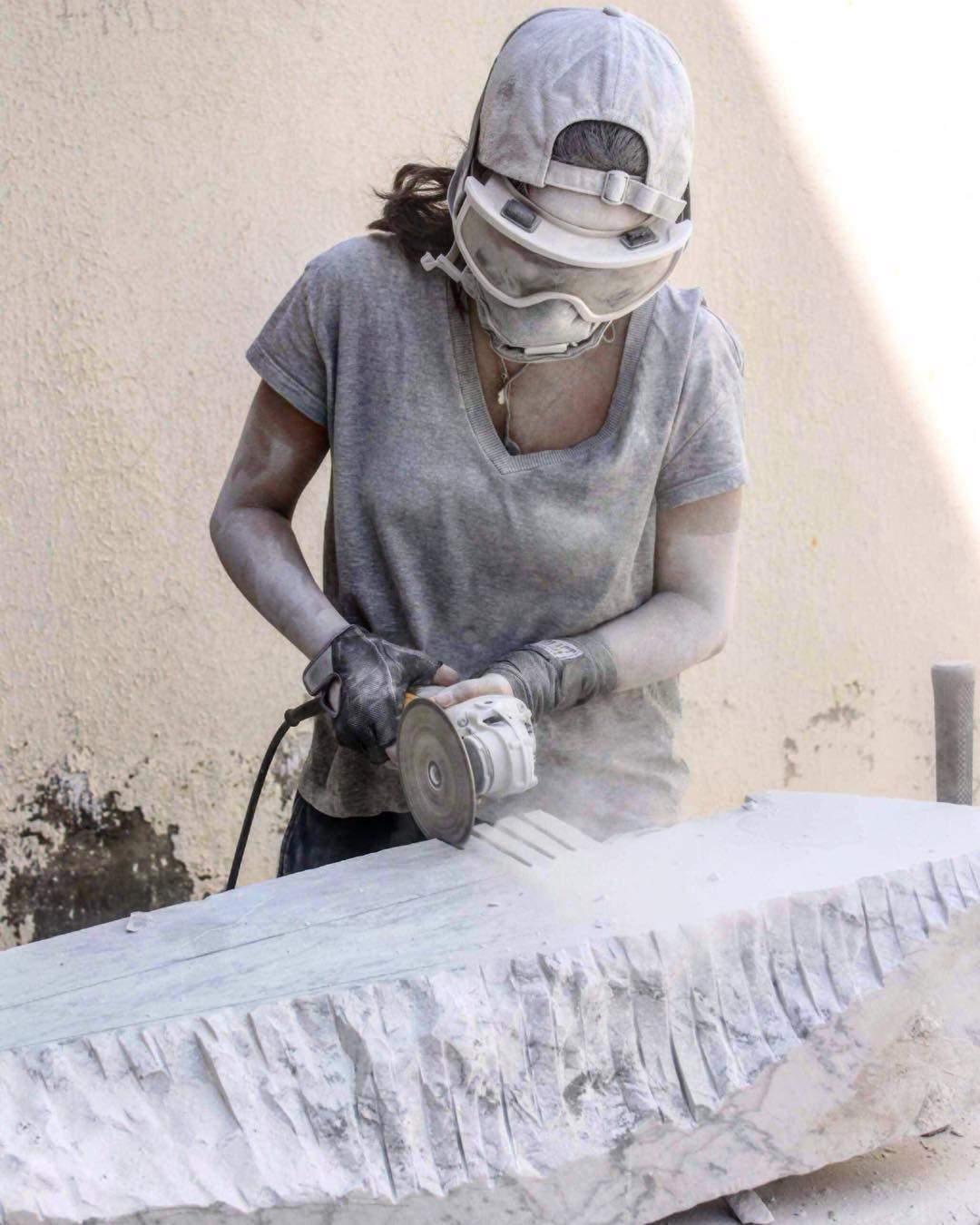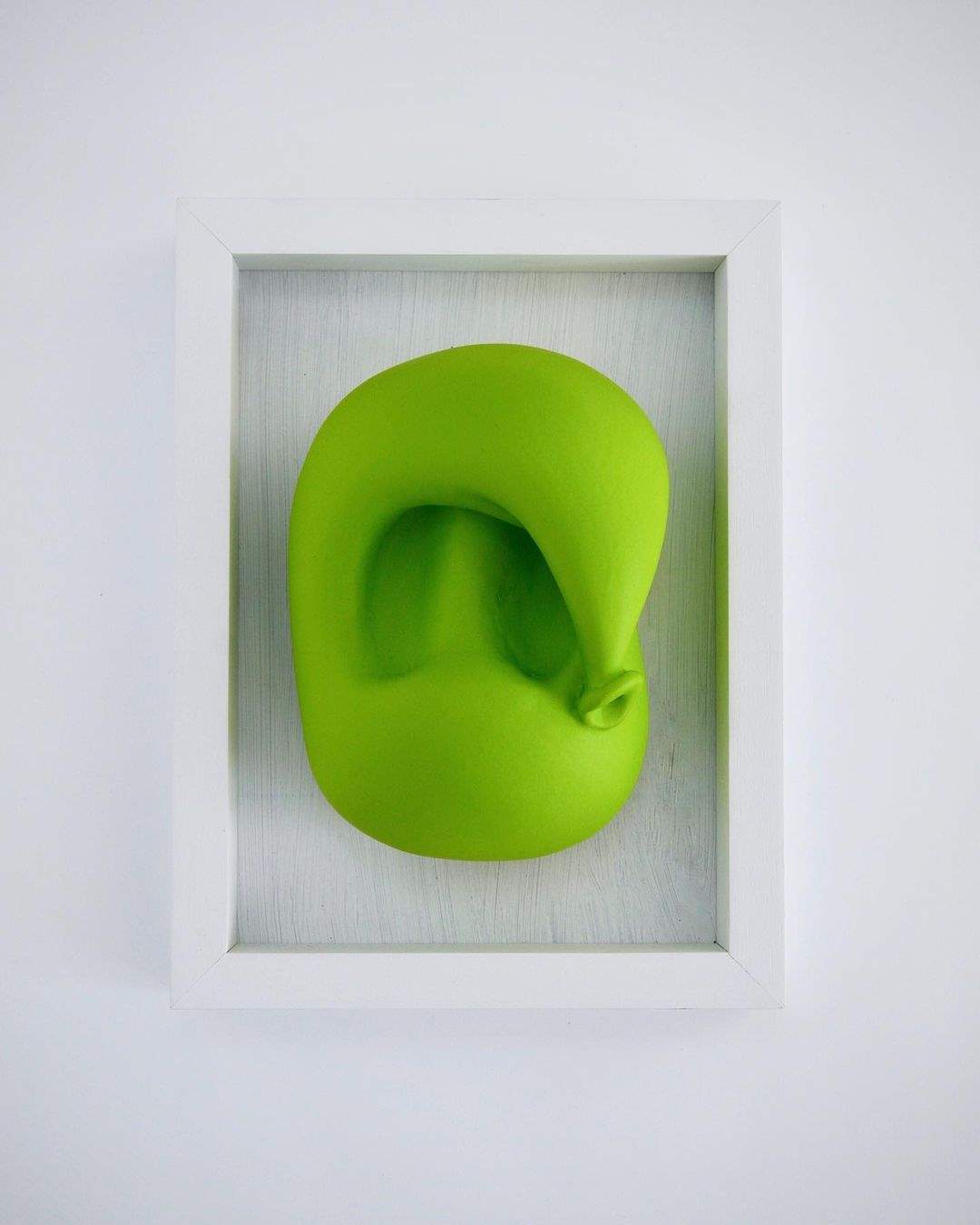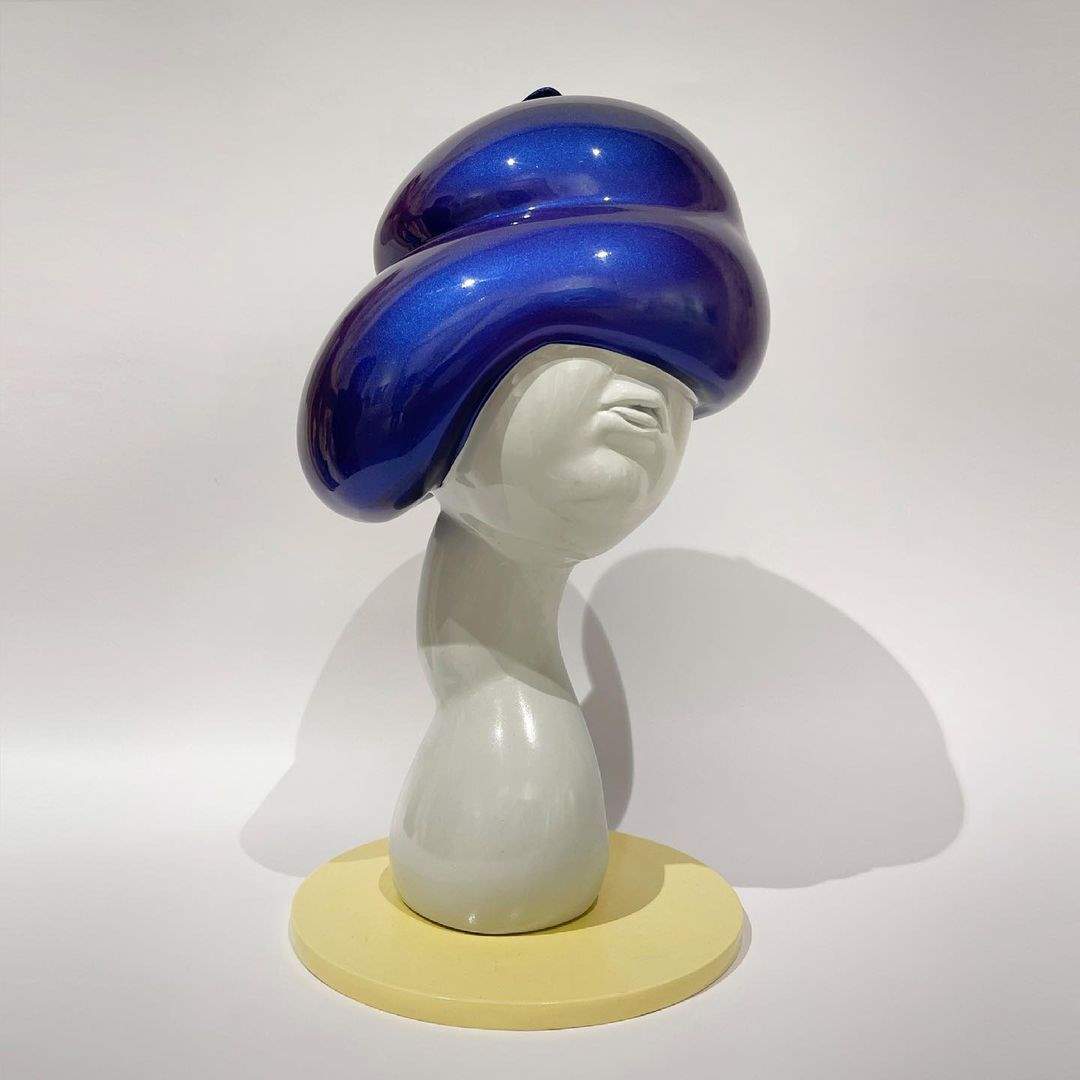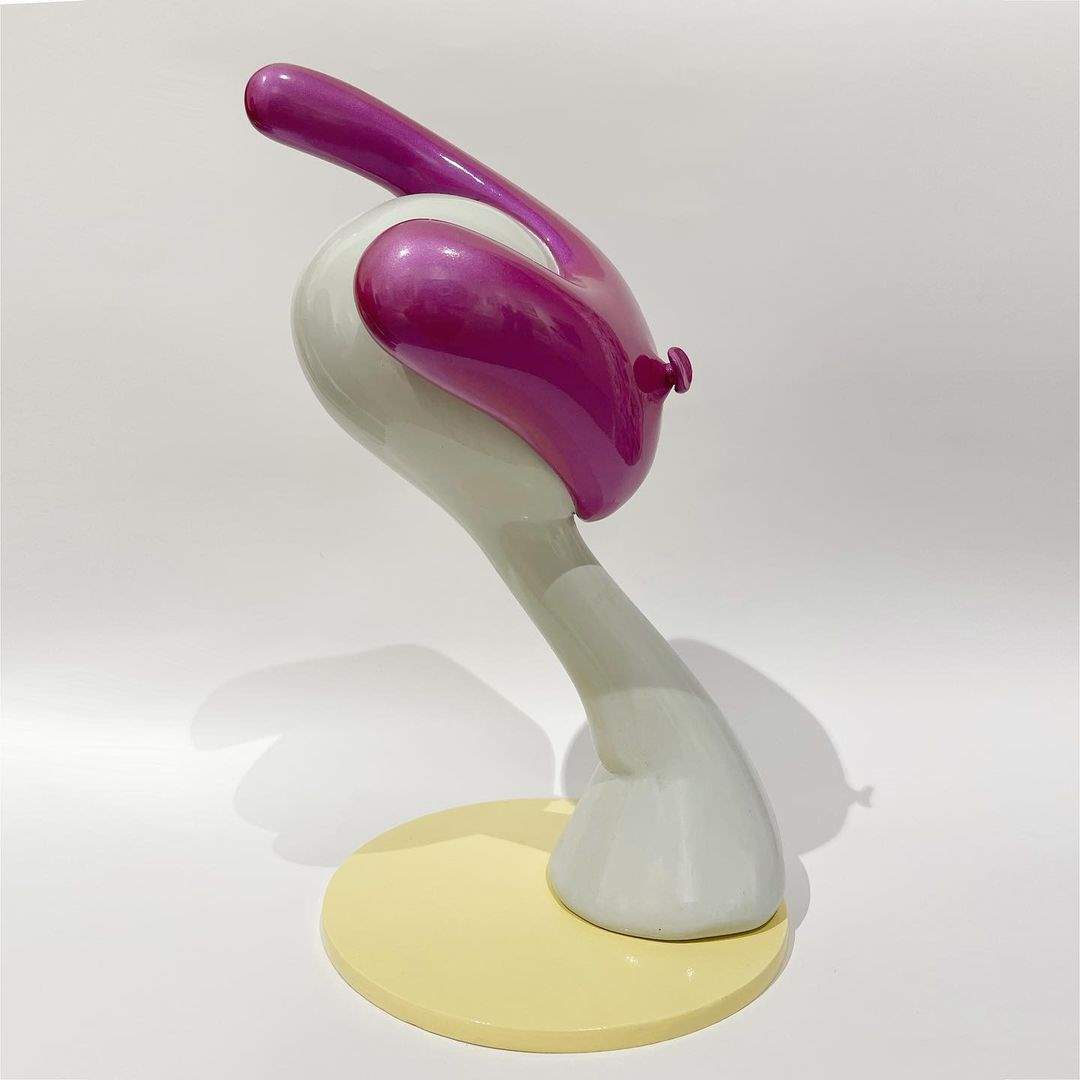AMMAN — Sculpting is a three-dimensional
visual art that involves carving works out of moldable or hard materials. “I had never
heard of sculpting before, but I discovered it when I practiced it for the
first time. The concept was that I'd be able to turn a sketch into something
that could be touched.” Tamara El Ali, a sculptor, said in an interview with
Jordan News.اضافة اعلان
 Tamara El Ali works on a sculpture in this undated photo. (Photo: Handout from Tamara El Ali)
Tamara El Ali works on a sculpture in this undated photo. (Photo: Handout from Tamara El Ali)
She explained her process of work, which involves brainstorming
her ideas, then sketching the visuals. “Usually my ideas are not related to each
other, as I have more than one reference; first the words, and the visuals, then
I choose the suitable idea that I want to represent,” the artist said. “I redo
the final sketch to know what the final shape will be.”
Subsequently, Ali explained, she then starts to
prototype a sculpture, which is the production of simpler and abstracted models
for examining particular elements of the design. “I'm making a prototype to see
it in 360°, then I choose the materials and the colors.”
The
artist creates sculptures out of different
materials such as fiberglass, marble, and ceramics. She added that when it
comes to installation she is not limited to a specific type of material, “I
love to use fiberglass and marble.” Ali said.
 Poke, 2020 by Tamara El Ali. (Photo: Handout from Tamara El Ali)
Poke, 2020 by Tamara El Ali. (Photo: Handout from Tamara El Ali)
Ali studied visual art, and “during my studies, I felt
that I liked sculpture,” and decided to specialize in it. “Ninety percent of my
studies were practical.” Since first participating in group exhibitions in
2017, she has now “participated in eight group exhibitions,” the artist said.
Ali’s practice has changed over time, she explained. “When
you start with a handcraft, you start at level one. The way I brainstormed,
chose topics, and worked were developing in parallel,” she recalled. “If I
sketch a lot, I realize that my sculpting has developed. Similarly, if I sculpt
more, I notice that my sketching has improved.”
 Wanted Portrait (1), 2019 by Tamara El Ali. (Photo: Handout from Tamara El Ali)
Wanted Portrait (1), 2019 by Tamara El Ali. (Photo: Handout from Tamara El Ali)
“I passed through different ideas to arrive at
simplicity,” the artist said, adding that she finds her inspiration from many
sources, including online research but also day-to-day life and her struggles.
“I have a different eye, and I see things from different perspectives,” she
said, “my process is more playful.”
Furthermore, Ali said that sculpture is an exercise in
problem-solving, calling the process “a struggle”. She added that at first, she
had trouble even finding a place to work. “Sculpture needs equipment, and
physical power, ... and you have to have mental strength at the same time.” she
explained. “Sculpture is an ongoing struggle.”
 Ruined, 2021 by
Tamara El Ali. (Photo: Handout from Tamara El Ali)
Ruined, 2021 by
Tamara El Ali. (Photo: Handout from Tamara El Ali)
Ali explained that all of her pieces are exceptional, either
in how they’re sculpted or in their composition, “I like to challenge myself
when it comes to my work.” The
artist also experiments with different materials and forms in each piece she
produces, and incorporates a wide variety of social issues and other
topics into her pieces, she said, adding that “most of my works include dark
humor, I reflect issues in my artworks in a fun way.”
 Masked, 2021 in fiberglass and metal by Tamara El Ali. (Photo: Handout from Tamara El Ali)
Masked, 2021 in fiberglass and metal by Tamara El Ali. (Photo: Handout from Tamara El Ali)
Balloons are a common theme in most of Ali’s
sculptures, and she works them into her sculptures in different ways. “Balloons
are so flexible, and we’re used to seeing them at celebrations and fun places.” While it’s not possible to put a balloon
in a sad place, she explained, she likes incorporating balloons into pieces
that reflect tragic social realities, such as suicide, the COVID-19 pandemic,
and others. “I express the struggles that people face.”
Read more Trending



